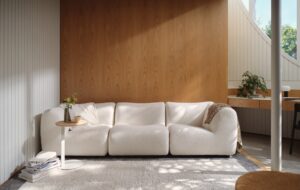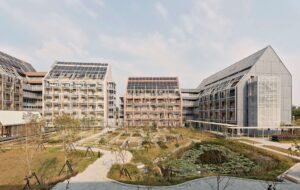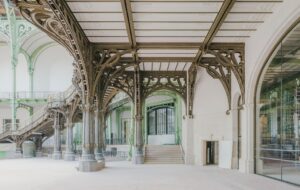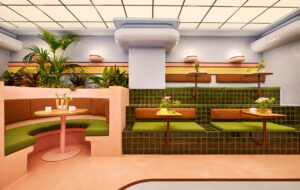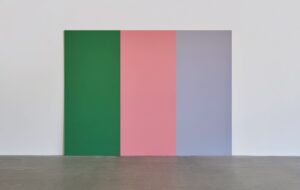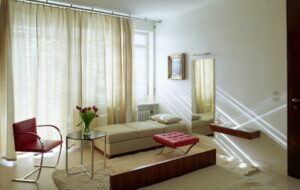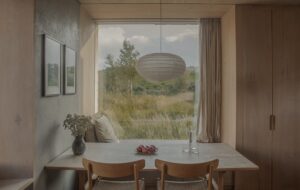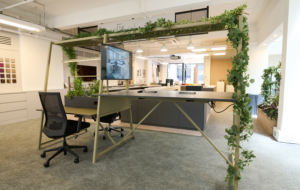|
|
||
|
The Valle de Elqui is a narrow valley that winds up into the Chilean Andes, about 100km from the city of La Serena. It is known for a pleasant climate, wine, pisco and clear skies. Taking advantage of these attractions is the Elqui Domos, a small “astronomical hotel”, set up in 2005 to offer accommodation to those wishing to enjoy the unparalleled night-time views. The hotel is an endearingly space age collection: a huddle of small timber cabins with geodesic domes on their roofs constitute the rooms, while the building that houses communal functions has a larger geodesic dome on it. As part of a recent upgrade, the hotel called upon Santiago-based RDM Arquitectura to refurbish the existing cabins and expand the hotel’s provision. The result is four new cabins at the highest part of the site – the point at which the valley sides become steepest. These “observatories” each comprise a bedroom, living room, bathroom and roof terrace, and are organised in a cascading fashion on different levels. Each cabin is timber-framed and timber clad, and coloured to complement the arid landscapes around and above it. Each is perched on a brace of angled steel columns. The interiors are composed to take advantage of the two different conditions: the mountains behind the cabins and the lush valley below. The living rooms step down gently, with an open facade, while the sloping walls of the bedrooms have wide strip windows, angled up towards the mountains. “The transparent wall that shows the mountains was suggested as a junction between wall and sky,” explains Rodrigo Duque Motta, principal of RDM. “At the same time it would allow you to recreate the feeling of lying beneath the stars.” Unlike the vaguely countercultural vibe of the rest of the hotel, reminiscent of Drop City, Buckminster Fuller and the glamour of the 1960s space race, the design of the cabins is a more timeless modern. Poised with their inverted pitched roofs, powerfully expressed staircases and sculptural roof terraces, they are satisfyingly rich for such small buildings. This approach is in keeping with a lot of the architecture coming out of Chile and Argentina at the moment, harking back to a classic modernism of the 1950s and 60s – the early brutalist era – which has always been strong in these parts, but is strange for us at a time when this style is rare in the rest of the world. |
Image Cristóbal Palma
Words Douglas Murphy |
|
|
||


